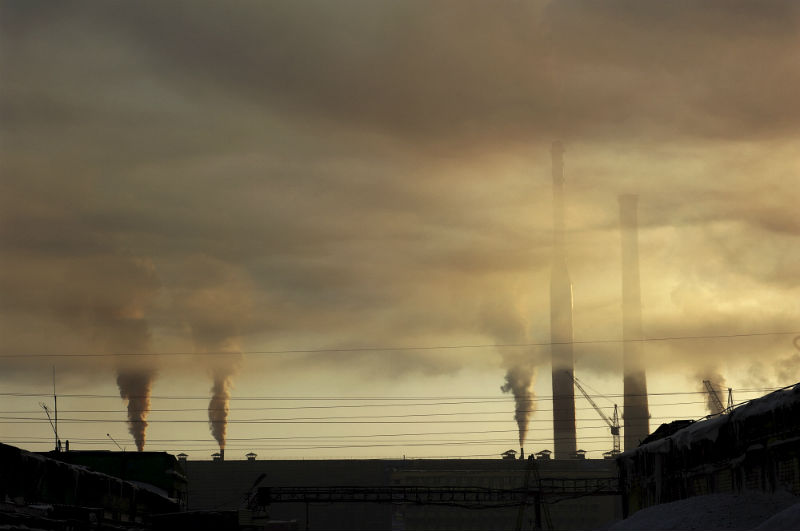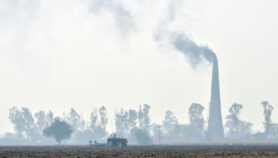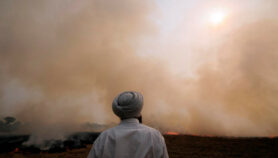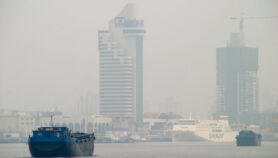By: Madhukara Putty
Send to a friend
The details you provide on this page will not be used to send unsolicited email, and will not be sold to a 3rd party. See privacy policy.
[NEW DELHI]A pilot study on air pollution in New Delhi, India’s capital,shows that the concentration of black carbon aerosol and particulate matter varies with height.
Though there are many other researches on pollutant concentration, the study, published in Science of the Total Environment, is the first attempt to profile how pollution varies as one goes up from the ground.
S. Tiwari, scientist at the Indian Institute of Tropical Meteorology who participated in the research, says, “The study will help us better understand the dynamics between atmospheric aerosol and pollution.”
“The study will help us better understand the dynamics between atmospheric aerosol and pollution.”
S. Tiwari, Indian Institute of Tropical Meteorology
Using a hydrogen-filled tethered balloon, scientists from India, Sweden and the United States made measurements at different heights up to one kilometre from the ground.They found that black carbon aerosol and particulate matter concentration were maximum at the surface and decreased as one went upwards.
However, regions up to 200 metres from the ground remained substantially polluted although less in comparison to ground levels. Beyond 200 metres, pollutant concentration decreased up to 800 metres and remained unchanged until the one-kilometre mark.
Some pollutant particles, after being emitted closer to the ground, find their way up under certain conditions. This results in significant redistribution of pollutant concentration that can potentially influence climate in the region.
“Black carbon, being lighter than other aerosols like dust, is transported upward easily in favourable meteorological conditions. So black carbon mass fraction is expected to increase, and this would lead to enhanced heating of the atmosphere,”Sagnik Dey, assistant professor at the Centre for Atmospheric Sciences, Indian Institute of Technology, Kanpur, tells SciDev.Net.
The study also provides some insights into how fog and particulate matter combine to reduce visibility in New Delhi where smog has assumed epidemic proportions, making traffic disruption a norm during winter months.
The researchers found that on foggy days, ground level concentration of black carbon and particulate matter increased substantially, resulting in higher light scattering which leads to reduced visibility. According to the researchers, such correlations are observed in other big polluted cities like Shanghai in China.
These particles, about 70 times smaller than the thickness of a human hair, make their way into the human body and go deep into the lungs. According to the latest WHO report on ambient air pollution, in 2012, poor ambient air quality caused more than 620,000 deaths in India.
This piece was produced by SciDev.Net’s South-East Asia & Pacific desk.
References
Tethered balloon-born and ground-based measurements of black carbon and particulate profiles within the lower troposphere during the foggy period in Delhi, India (Science of The Total Environment, December 2016














